Now I realise that this title might sound like the beginning of a series of posts that will have even more episodes than the Avengers film franchise, or for those of you who are my age, even more films than in the Sly Stallone Rocky series, minus the boxing. And I’ve purposely not indicated how many episodes there might be, so like that I’m covered and I know you’ll just keep coming back for more.
As you might have guessed, and I think I’ve already said before; let me just go back and check… Yes I have said before, my big lockdown project was to eat cake, drink tea, take a couple of photos and get this film photography funk over and done with, like flared trousers in 1980.
With the help of YouTube, calming myself the “f” down, and a couple of purchases on Internet, I sorted myself out. Now I knew that I could take a reasonable photo. But developing was a different matter. I had lost confidence, and it was time to grab the bull by the horns, which is easier than grabbing it elsewhere, and just start at the very beginning, which as Julie Andrews reminded us, is a very good place to start.
When you take photos with an analogue camera, you need an analogue camera, check, some film, check, and then you load the film into the aforementioned film camera, and go out and take some photos. I did this in my village, and you’ll be able to see where I walked: the vines, the park, and the prairie where there are lots of ponds, with lots of ducks who had been doing what ducks do in the Spring and swimming with the ducklings and being fed bread by my daughter. The noise of the frogs, the animals, and not my fellow villagers from the Vendée, was deafening!
When you get back from your walk, you disappear into your bedroom and set out the developing kit, minus the chemicals, on your bed, and hope that you still remember how to get the film from inside the film canister, onto a plastic spool, which goes into a drum, and then a cover goes onto the drum to keep everything away from any light. Oh yes, you do this by putting everything you need into a developing bag, and doing all this by touch and without seeing what you’re doing. If this sounds like a lot of faffing about when you can just use your phone to take “pics”, well you’d be right, but I’ll get back to you on that, later on.
You take this “drum” into the bathroom, and put it on a shelf and then prepare you chemicals. You will need a developer, a stop, and a fix, and I’m not talking about smoking a cigarette that makes people laugh. The developer will make the pictures (in negative) appear on the film. The stop, you’re not going to believe this, will actually “stop” this process, and the fix, will fix the image on the negative by disolving the excess emulsion that was on the film. Then you have the cleaning process which will allow you to have some wonderfully clean negatives that will dry, and then can be cut up into strips, and then put into sheets that will protect the negatives.
But enough of all this negativity! Let’s make those negatives into positives… Bloody hell I’m sounding like some American self-help book! I do this by scanning each negative which will make a positive, and I end up with a picture on my computer. Yayyy, go me. Good job I’m not called Nads!
As you can see I’m really into recycling in a big way, because I’m sure I’ve used that joke before.
I then class these photos by camera used to take them, and by date. It’s my OCD going into overdrive again. My house is untidy despite the efforts of my long suffering wife, but my hard drives are so well organised, that a librarian would be proud of me.
After this I get to play with the images on my computer and then after minimal editing, I publish them, either on Instagram, on Facebook, or here.
So I have these images ready to share with you. But further up I talked about faffing about and why don’t I just used my phone like everyone else. Well? Firstly I’m not like everyone else as my parents will tell you. Some people will say the film photography is about slowing down. You take your time to think about the shot, you look at the scene before you and take the time to decide what elements are interesting, what to include and what not to include. You think if this picture that I can see I my mind’s eye is worth taking and worth the expense and time to develop it. But that’s only part of the story. I like the process of capturing the photo with film. You click the shutter, wind on the film, don’t look at the back of your camera to check if your picture turned out OK or not, and hope for the best. With time, this becomes “normal” and might teach you some patience. I also like using the old camera. It’s looks better hanging around my neck than my phone. When people see you using a film camera, people look at you as if you are more worthy, and a craftsman exercising his craft. There’s the touchy feely side of actually going through an analogue process and manipulating something tangible and getting a result from that process, instead of just creating an electric image. The quality of those images with the famous “grain” may not be as sharp as some digital images, but they have a certain quality about them that cannot be produced digitally. There’s also the thing about converting nearly all my digital into black and white, so why not just cut out the middle man and do everything on black and white film?
The two main film cameras that I use are the Canon AE1 Program, and the Pentax ME Super. I have others of course, but these are the main two and the following photos were taken on the Pentax using a 50mm F1.7lens and Ilford HP5 black and white film.
I hope you enjoy my efforts.


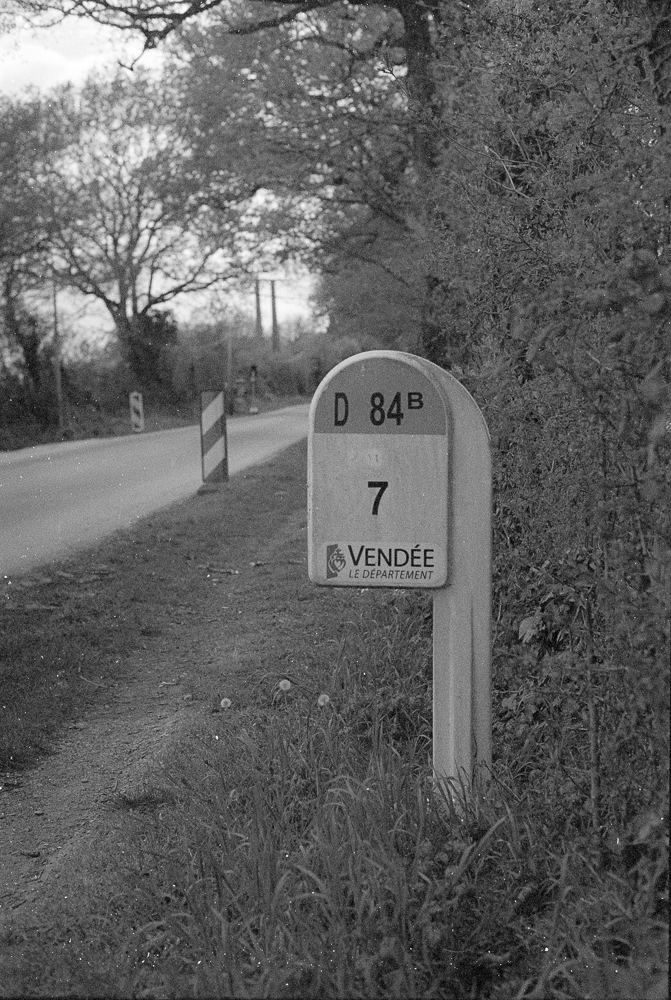

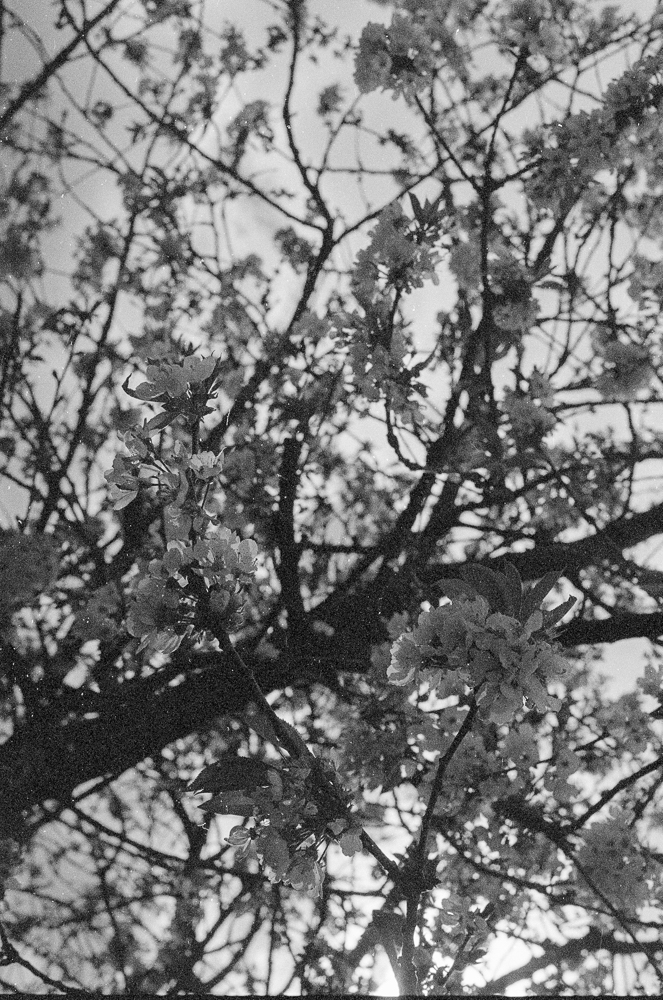


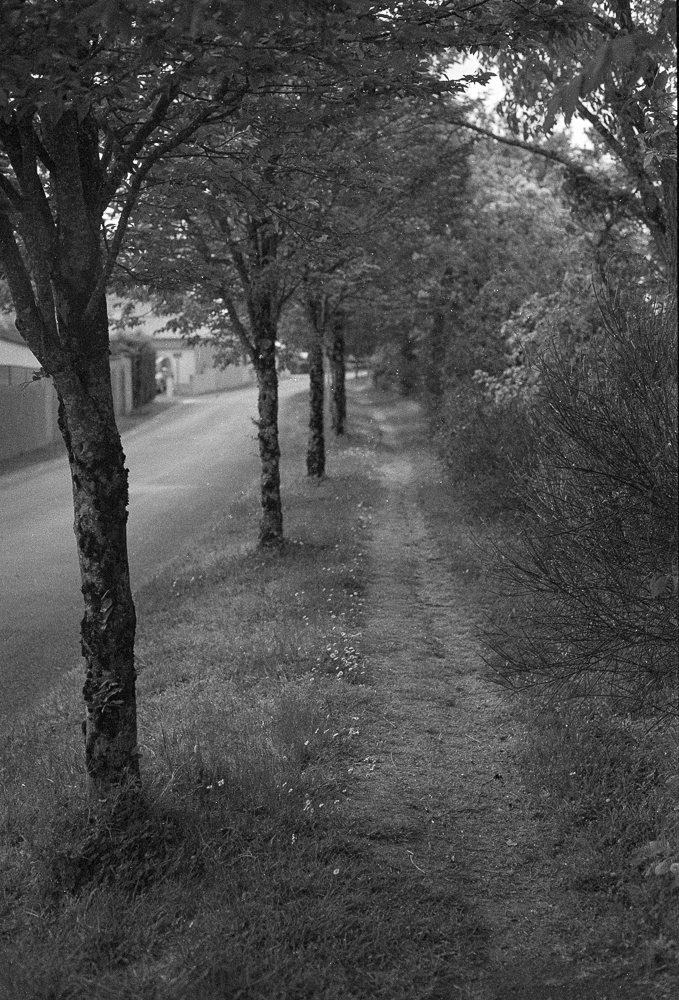




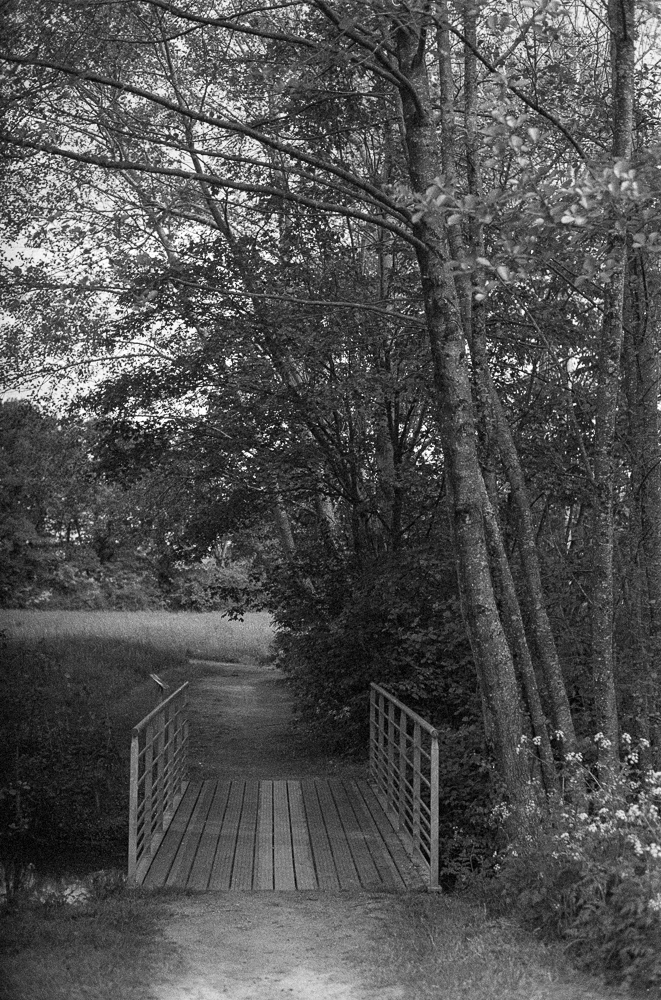
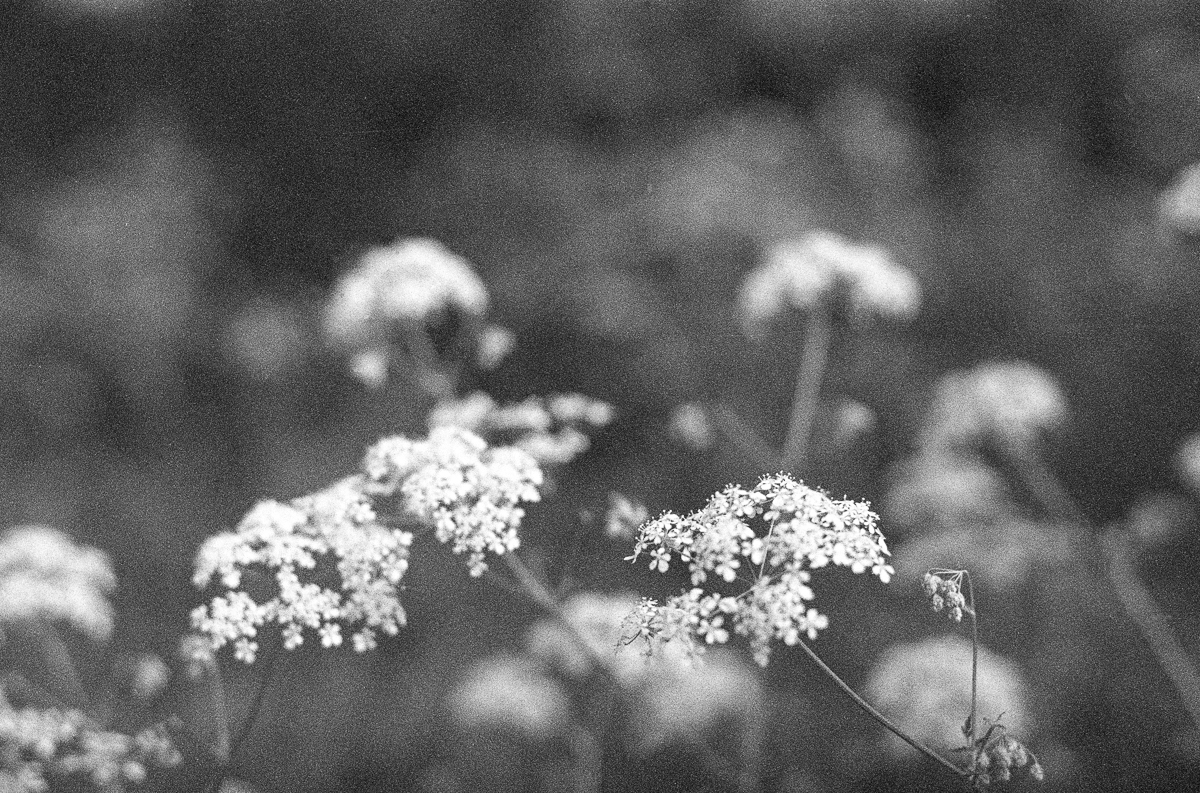
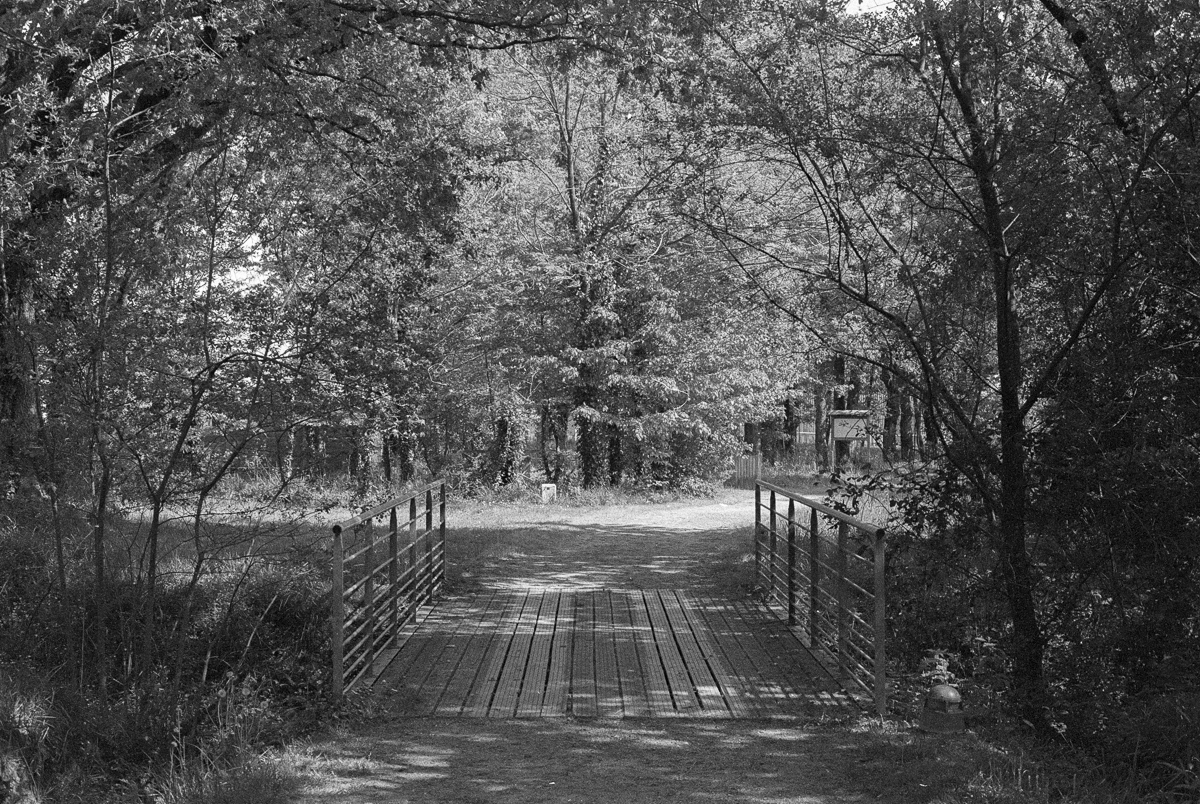
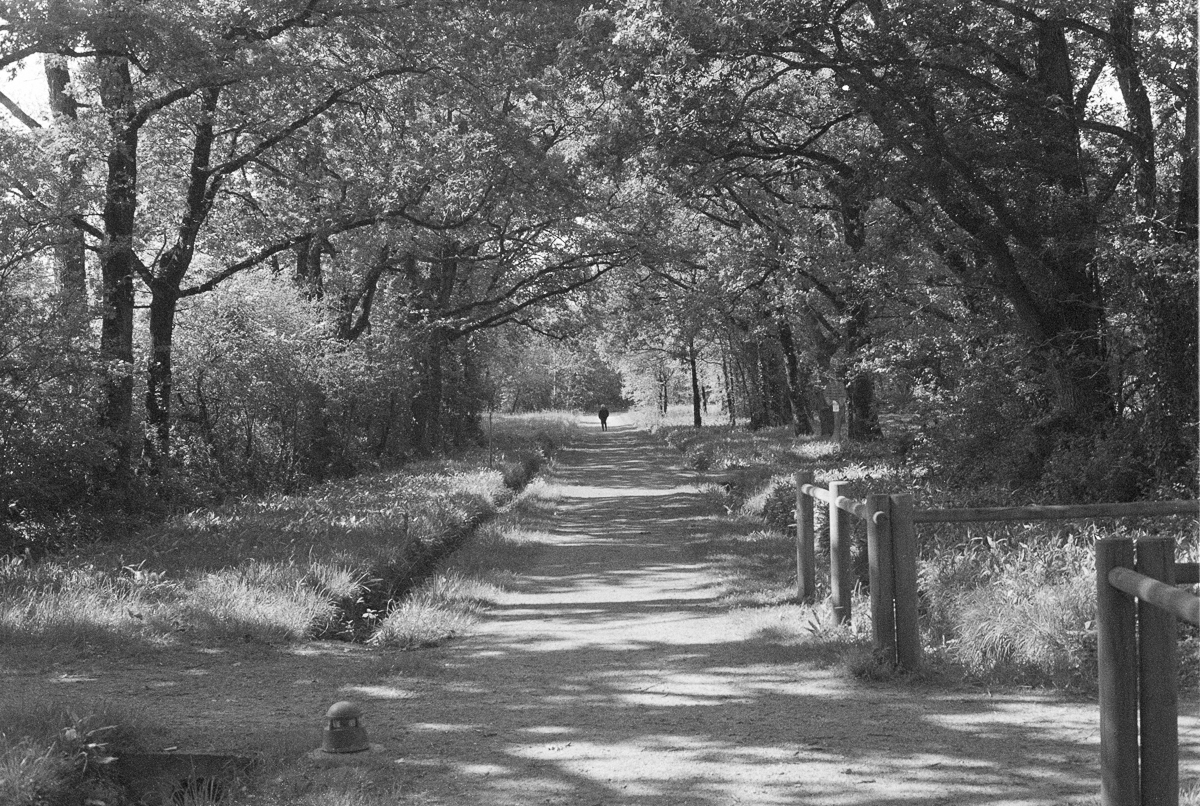


i loved this group of pictures.lol dad.
LikeLike
Thanks Dad! There’s more to come of course…
LikeLike